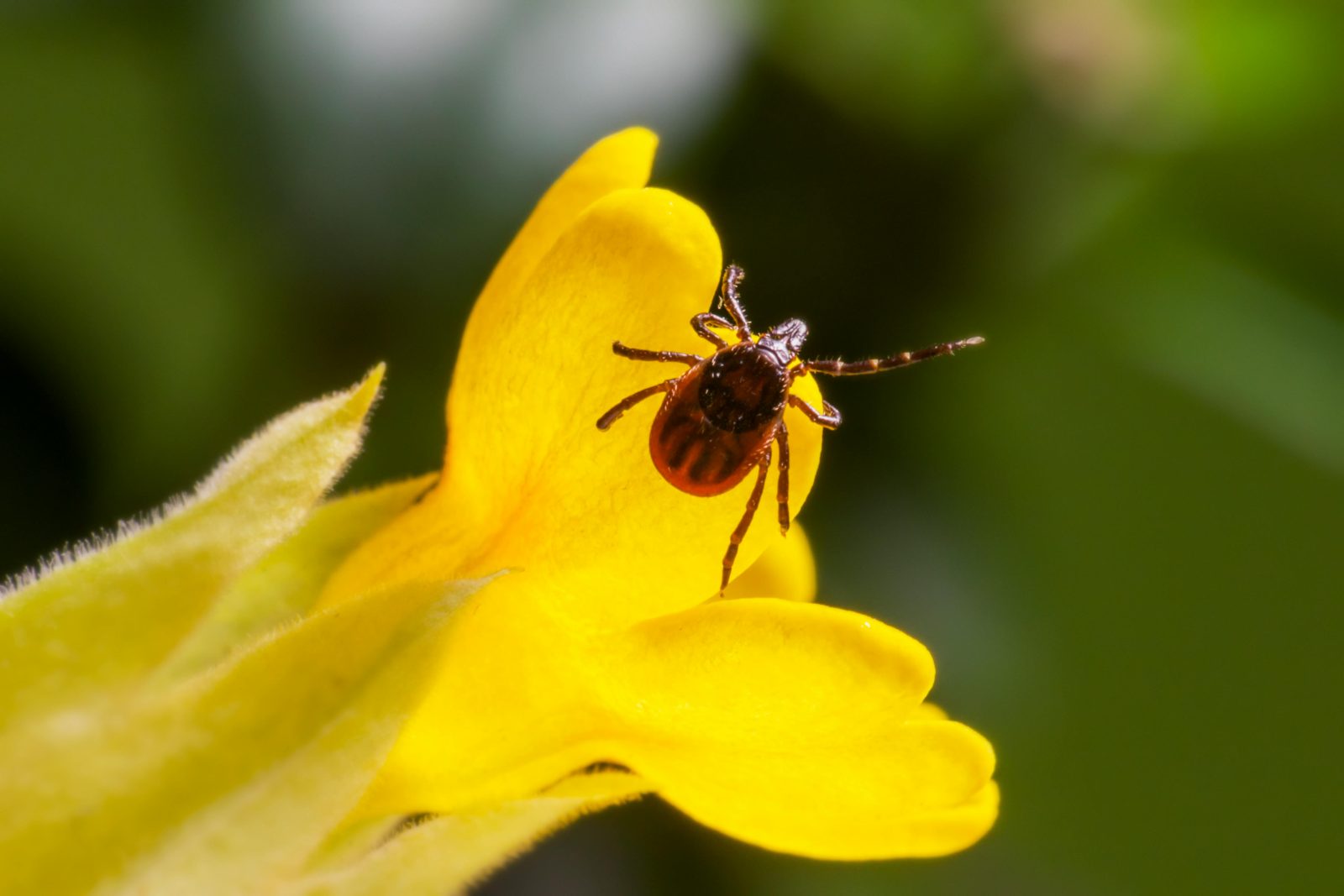As warmer temperatures settle in, South Nation Conservation (SNC) reminds residents and visitors to be alert when outdoors and take precautions against tick bites to reduce risk of Lyme disease and other tick-borne illnesses.
Bites by infected blacklegged ticks, commonly known as deer ticks, can cause Lyme disease and similar illnesses potentially can lead to infections. Although not every tick carries disease, the blacklegged tick is common in most of southern Ontario and certain areas of Northern Ontario. Carrier ticks cannot be distinguished from non-carriers.
“With summer approaching, we are thrilled to see more people enjoying their local environment,” stated John Mesman, SNC’s Managing Director of Conservation Lands. “Staying on designated public trails can help reduce potential interactions with ticks, however, it’s important that everyone takes steps to protect from tick bites.”
Lyme disease happens in stages which some symptoms can overlap.
Early signs include an expanding skin rash that grows more than five centimetres over several days, fever, chills, fatigue, headache, swollen lymph nodes, muscle and joint aches.
Later symptoms of Lyme disease can appear days to months after an infected tick bite. They include rashes, dizziness, severe headaches, migratory pain that spreads in the joints, bones, tendons, and muscles, arthritis in the knees, ankles, elbows, and wrists, memory loss, and inability to think clearly.
The risk of tick bites increases when people and animals in wooded areas, or areas with tall grass and shrubs.
“Blacklegged ticks are continuing to spread to new areas in Ontario,” explained Dr. Paul Roumeliotis, Medical Officer of Health, Eastern Ontario Health Unit (EOHU). “By being vigilant, wearing appropriate clothing and regularly checking for ticks, we can help prevent tick-borne illnesses so that everyone can safely enjoy trips outdoors.”
SNC and the EOHU encourage people to wear light-coloured clothing for easy tick detection, long sleeve shirts, pants tucked into socks, and closed-toed shoes. They recommend applying insect repellent containing DEET or Icaridin to exposed skin and clothing.
SNC reminds resident that if bitten by a tick, carefully remove the tick as soon as possible. Infected blacklegged ticks need to be attached for at least 24 hours to transmit the bacteria that causes Lyme disease.
Ticks can be removed with a clean, fine point tweezer. Grasps the head as close to the skin as possible and slowly pull it out, without twisting. Wash the bite area with soap and water or an alcohol-based sanitizer.
Since January 2023, pharmacists can prescribe antibiotics to treat tick bites to prevent Lyme disease, as a precaution. For more information on ticks and Lyme disease in Eastern Ontario, resident can visit the EOHU web site www.eohu.ca/lyme.



